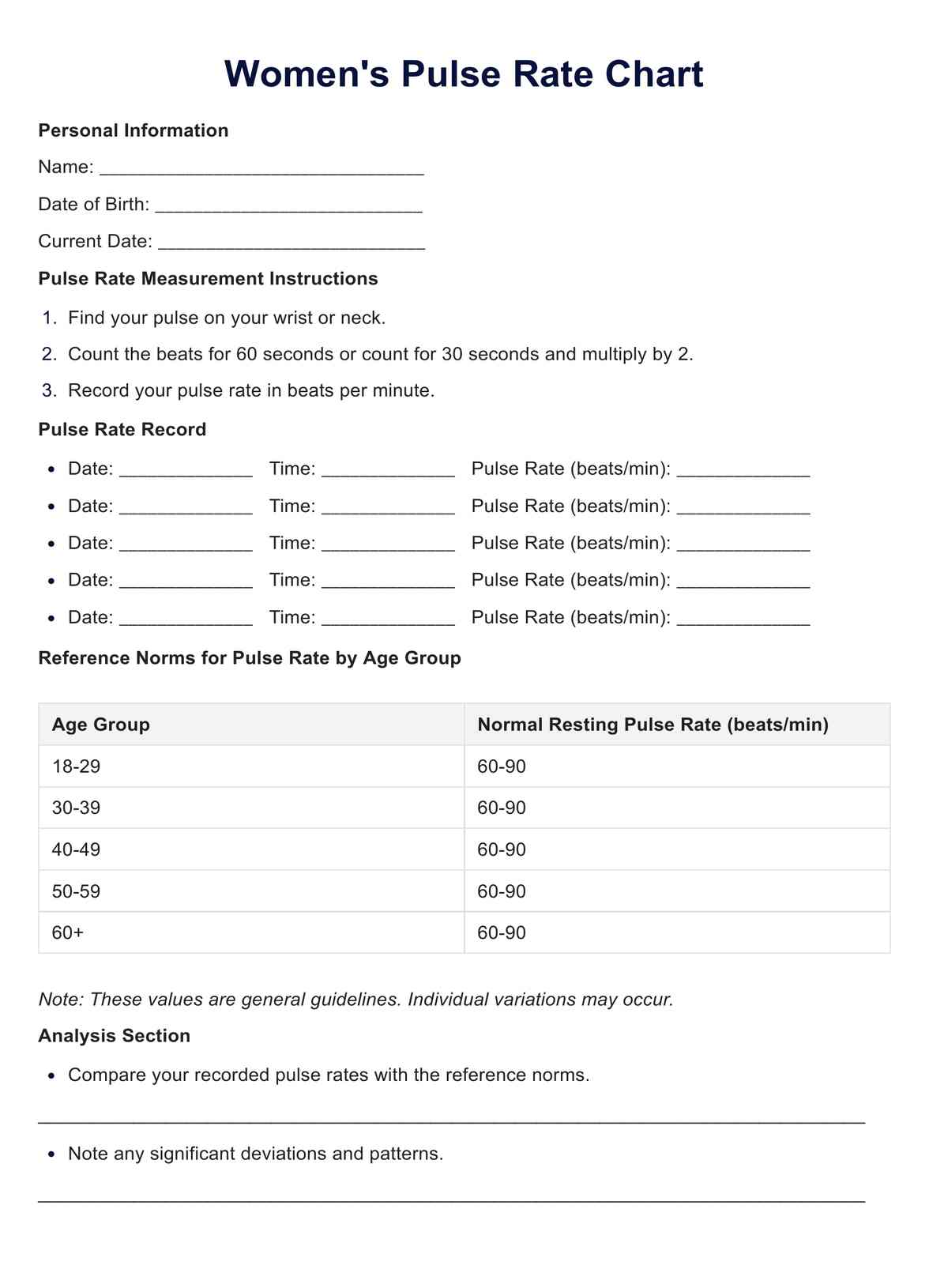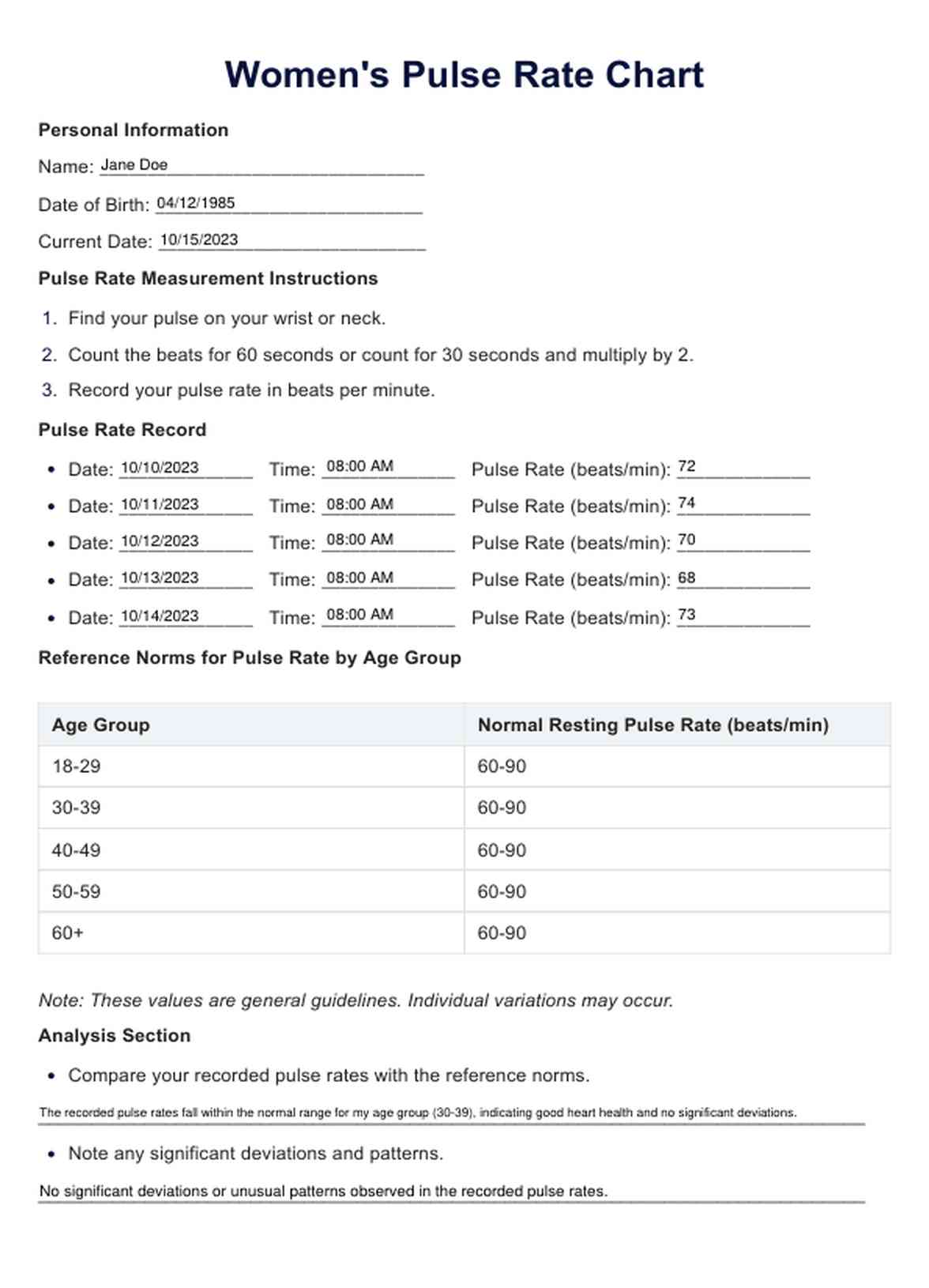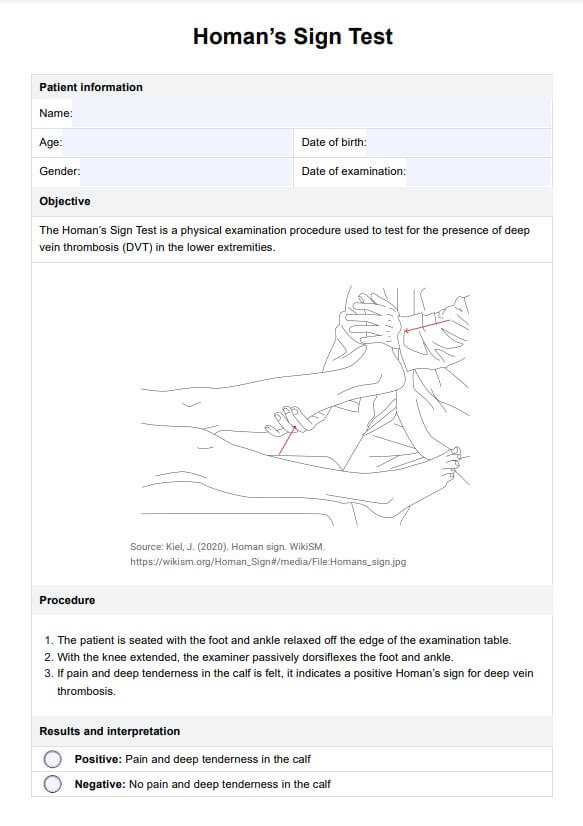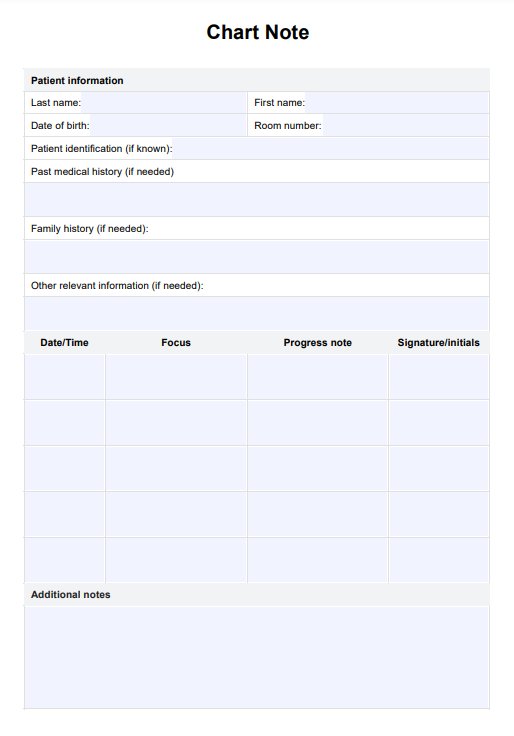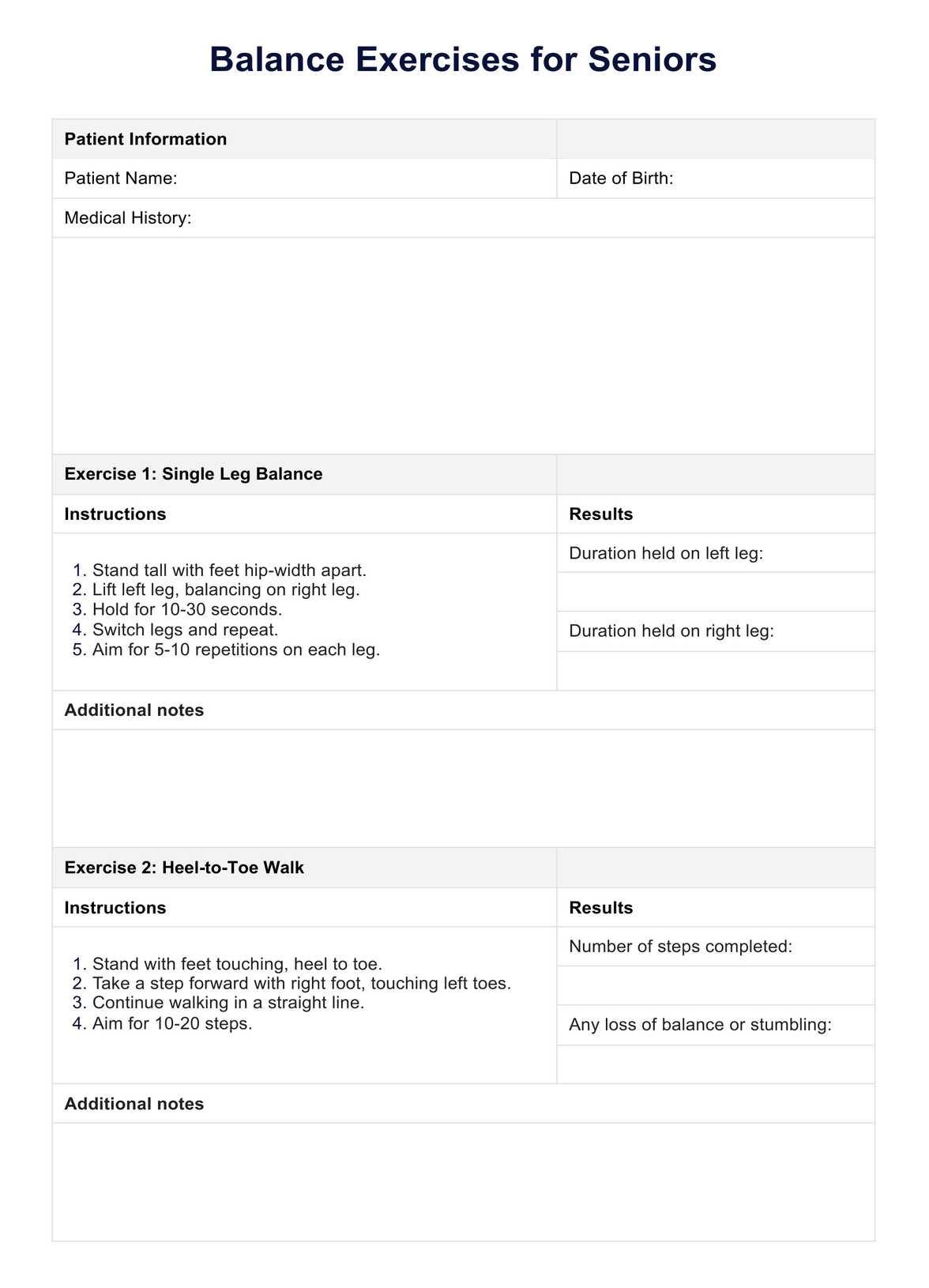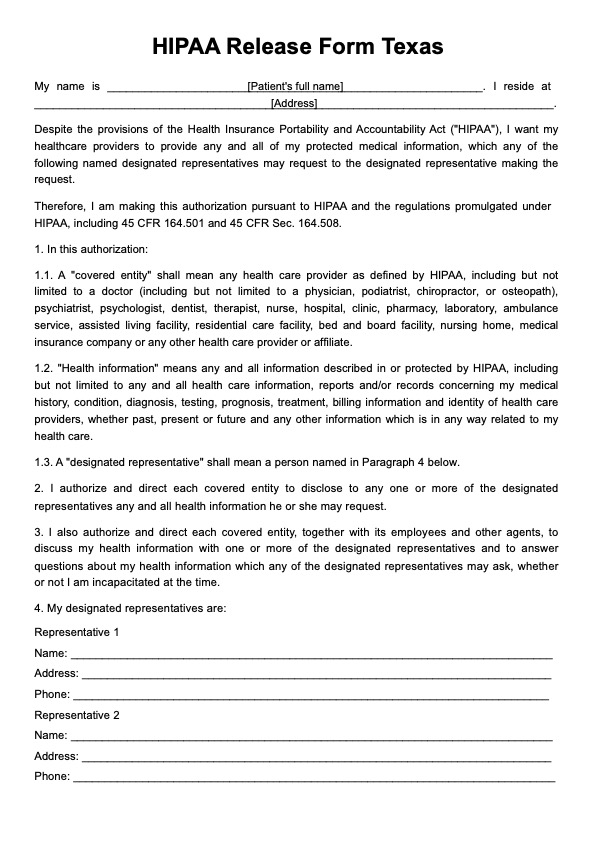Women's Pulse Rate
Discover your optimal heart health with our Women's Pulse Rate Chart, a reliable tool for tracking and understanding female heart rates effectively.


What is a Women's Pulse Rate Chart?
A Women's Pulse Rate Chart is a specialized tool designed to monitor and understand women's heart health. It offers a detailed visualization of regular pulse rates across various age groups, sometimes further segmented by activity levels and health status. This chart is underpinned by extensive medical research and presents normative values that reflect the average heart rates for women at different stages of life.
The pulse rate, an indicator of heartbeats per minute, varies not only by age but also due to physical fitness, emotional state, and overall health. In women, hormonal changes can influence these rates, making a gender-specific chart a vital resource. The Women's Pulse Rate Chart serves multiple purposes: it's a guide for healthcare professionals in assessing cardiovascular health, a tool for individuals to monitor their heart rates, and an educational resource to understand what constitutes a normal range at various ages.
Utilizing this chart is particularly beneficial in identifying deviations from the norm, which can be early indicators of potential health issues such as arrhythmias, heart disease, or other conditions. It also aids in tracking the impact of lifestyle changes, like exercise and diet, on heart health. The Women's Pulse Rate Chart is a cornerstone in preventive healthcare, equipping women and healthcare providers with crucial information for maintaining heart health.
Women's Pulse Rate Template
Women's Pulse Rate Example
How Does it Work?
The Women's Pulse Rate Chart is a straightforward yet powerful tool designed to help women and healthcare providers assess cardiovascular health. Utilizing this chart involves a few simple but essential steps:
Identify the Age Group
Determine the correct age group on the chart. Women’s pulse rates vary with age due to physiological changes, so it's critical to reference the correct age category. The chart typically includes age brackets like 18-29, 30-39, 40-49, etc., each with its range of normal pulse rates.
Measure the Pulse Rate
The next step is to measure the pulse rate. This can be done at rest (such as first thing in the morning before getting out of bed) or after physical activity, depending on the assessment’s objective. The pulse can be measured manually at the wrist (radial pulse) or neck (carotid pulse) by counting the beats for one full minute or using a digital pulse meter for more accurate and quick results.
Compare with the Chart
Once you have the pulse rate, compare it with the normative values listed for the respective age group on the chart. Each age bracket on the chart will indicate a range considered 'normal' for resting heart rates. This comparison is crucial to determine how the individual's pulse rate aligns with what is typically expected for their age.
Interpret the Results
Analyze the comparison to see if the pulse rate falls within the normal range indicated on the chart. A pulse rate within this range generally suggests good heart health, while rates significantly higher or lower may require further evaluation by a healthcare professional.
Our Printable Women's Pulse Rate Chart is invaluable in personal health monitoring and clinical settings. It provides a quick and easy way to check if a woman’s pulse rate is within a healthy range for her age, helping to identify potential health issues early on.
When Would You Use This Chart?
The Women's Pulse Rate Chart is crucial in various healthcare and personal monitoring scenarios. Its primary use is in medical settings by cardiologists and general practitioners for routine health check-ups. During these check-ups, the chart provides a quick reference to determine if a woman’s pulse rate falls within the normal range for her age, which is vital in assessing her cardiovascular health.
In cardiac assessments, this chart helps in the early detection of heart-related issues. Abnormal pulse rates can be early indicators of arrhythmias, heart disease, or other cardiovascular problems. Similarly, in fitness assessments, fitness trainers and health experts use this chart to evaluate the effectiveness of exercise programs on heart health. A healthy pulse rate is often a sign of good physical fitness.
For women at home, especially those with a history of cardiac problems or those engaged in fitness programs, the chart serves as a valuable resource for self-monitoring. Regular pulse rate monitoring can aid in understanding the impact of lifestyle changes on heart health and identifying any trends that require medical attention.
The chart teaches individuals the importance of heart rate monitoring and cardiovascular health in educational settings. It’s an effective tool for raising awareness about maintaining a healthy lifestyle and the significance of regular health check-ups.
What do the Results Mean?
Understanding our Free Women's Pulse Rate Chart results is crucial for interpreting heart health. A pulse rate within the normal range for a woman's specific age group typically indicates good cardiovascular health. This suggests that the heart is efficiently pumping blood, maintaining a rate appropriate for the individual's age and overall health.
When pulse rates fall outside the normal range, it can signal various health concerns. Elevated pulse rates may indicate stress, high blood pressure, or more serious issues like cardiovascular disease. Conversely, a pulse rate below the norm could indicate a well-conditioned athlete's heart or medical conditions such as bradycardia. Considering these results in conjunction with other symptoms and the individual's overall health is important.
For women, especially those undergoing hormonal changes like menopause, pulse rates can fluctuate. Understanding these changes is essential for tailoring healthcare and lifestyle interventions. Variations in pulse rate can also reflect the impact of lifestyle factors such as exercise, diet, and emotional stress.
Healthcare providers use this information to make informed treatment decisions, lifestyle recommendations, and further diagnostic testing. For individuals, understanding these results can motivate lifestyle changes to improve heart health.
The chart, therefore, is not just a tool for measurement but a starting point for deeper health conversations and interventions. It’s a proactive measure in preventive healthcare and managing existing conditions.
You can adopt this pulse rate chart template to refine your practice and improve client success.
Research & Evidence
The Women's Pulse Rate Chart is founded on extensive research that highlights the unique aspects of cardiovascular health in women. This research has evolved, acknowledging the differences in heart rate patterns between men and women and the influence of various life stages and hormonal changes on women's heart health.
Studies have shown that women's heart rates can vary from men's due to physiological factors like body size, heart size, and hormonal fluctuations (Harvard Health Publishing, 2020). This has led to the developing of gender-specific charts to provide more accurate assessments. Furthermore, research into the effects of menopause on cardiovascular health has influenced the creation of age-specific categories within these charts (Mayo Clinic, 2019).
Ongoing research continues to refine our understanding. Recent studies explore the impacts of lifestyle factors like physical activity, diet, and stress on women's heart rates. This continuous influx of new information ensures that the Women's Pulse Rate Chart remains a relevant, reliable, and essential tool in both clinical and personal settings.
These developments highlight the importance of gender-specific research in creating effective health monitoring tools. The Women's Pulse Rate Chart directly results from these efforts, providing an essential resource for healthcare professionals and women aiming to maintain optimal heart health.
References
Harvard Health Publishing. (2020). "Heart rate: What's normal?" Harvard Medical School.
Mayo Clinic. (2019). "Women's Wellness: Heart health and menopause."
Commonly asked questions
Healthcare providers and women interested in monitoring their cardiac health often request this chart.
Women's Pulse Rate Charts charts are used during medical check-ups, cardiac assessments, fitness evaluations, and personal health monitoring.
Women's Pulse Rate Charts charts are used to compare an individual's pulse rate against normative values to assess cardiac health.
Measuring and interpreting pulse rate using the Women's Pulse Rate Chart is quick, typically taking just a few minutes.

.jpg)
